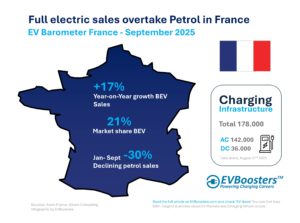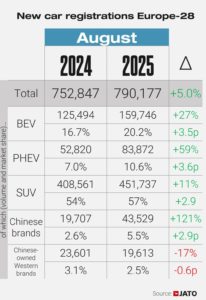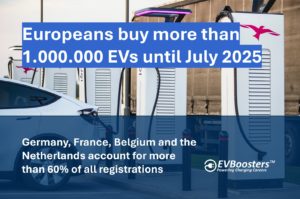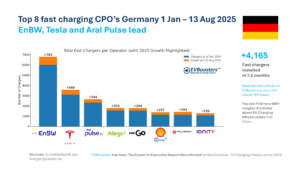To enable the exponentially expanding EV adoption anticipated through 2050 and to fulfil the high environmental goals established throughout the continent, the European transportation industry is undergoing radical change. While this shift will result in decreased carbon emissions, it is necessary to have a comprehensive understanding of its effects to prevent unintended negative effects. In particular, there is a need to switch from unmanaged charging, where EV owners just plug in their vehicles when charging is required without taking into account external conditions, to smart charging (e.g., system load, rates). Customers currently have an incentive to manually manage charging in locations with varied power (or time-of-use) pricing; smart charging would do this automatically and has the potential to significantly reduce customer electricity bills.
Unmanaged charging has the potential to drastically increase peak system demands, which makes it difficult to manage energy grids at the local, state, and federal levels as well as internationally. Without major investment, generation capacity will specifically be unable to keep up with the increased demand, which will result in voltage and thermal saturation of the distribution network, which would cause widespread blackouts and much higher energy costs. Smart charging, however, can assist in resolving these challenges by altering demand patterns and offering flexible services to both the grid and particular buildings (for example, by supplying local backup power). It includes a number of additional concepts and is compatible with both unidirectional and bidirectional chargers.







